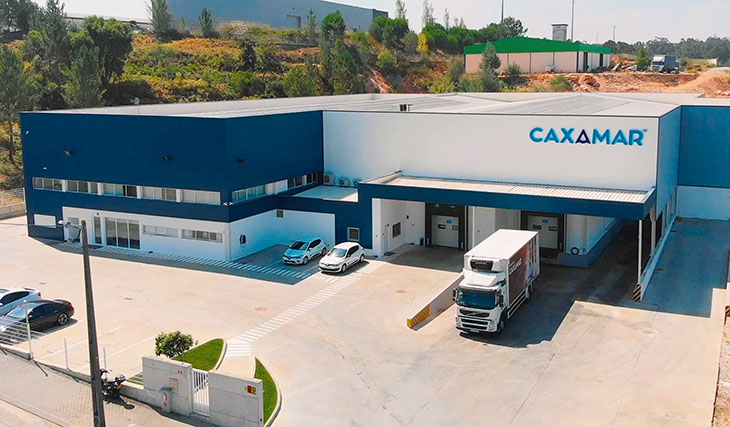Gorilla 76
In 2016, IEEE Engineering360 conducted a survey of engineers, engineering management, project managers, research and development technical support and quality control professionals. The survey analyzed the industrial buying process, from the buying cycle and the engineers’ increasing role to meeting supplier expectations and reaching potential customers.
With hundreds of responses from North America, Europe, Asia and Australia, the survey shows how dispersed the purchasing responsibilities have become over the last few years in organizations of varying size from around the world. Here are the five big takeaways from the 2016 IEEE industrial buy cycle study.
Big takeaway #1: Engineers are also buyers
As the development cycle shortens, the engineer continues to take on more responsibility. Engineers are now part of the buying process – researching, analyzing and determining what components are needed during the development process.
The buying process is a team effort. It is highly collaborative amongst a group of colleagues who share responsibility during research and evaluation of brands and suppliers. The traditional buying process has changed and the engineers are involved from beginning to end, often making the actual purchase.
In North America, engineers are spending an average of $121,200. Additionally, the average purchase requiring a sign-off from a higher authority doesn’t kick in until $4,700.
This means engineers have more authority in the buying cycle, creating new, streamlined marketing avenues. Creating content aimed at engineers is more important now since engineers are gaining more and more influence in the buying process.
Big takeaway #2: There is a definitive buying cycle
Engineers typically go through a buying cycle consisting of three major steps.
- Research and needs analysis – Identification of specific needs, investigation of possible solutions, scanning for new developments and canvassing peer networks to discover what’s available
- Comparison and evaluation – Determination of the most suitable options through side-by-side comparisons, review of educational materials, hands on testing and collaborating with a supplier’s technical representation
- Actual purchase of the component, software or service – Obtaining the appropriate signatures, negotiate supplier terms and conditions, establish distribution channels
This buying cycle commonly lasts 12 weeks from beginning to end and is on a never-ending cycle, renewing itself on average 4 times per year.
Big takeaway #3: The rule of three
Engineering teams are remarkably consistent in evaluating, reviewing and requesting quotes from three suppliers. This practice is known as the “rule of three.” Gathering, evaluating and reviewing information from three competing solutions is the norm, with 50 percent of the engineering teams surveyed following the rule of three. One, two, four and more than five suppliers evaluated make up portions of the other 50 percent.
The “rule of three” is consistent across product categories, regardless of the company size.
Big takeaway #4: Supplier expectations
The majority of engineering teams stated they want to work with suppliers that prominently follow through on certain characteristics and traits. The top five characteristics were:
- Technical support
- Delivery
- Availability/turnaround time
- Compatibility with existing products or systems
- After sale customer service
While there are many more characteristics that are important to engineering teams from around the world, these were the top five commonly expressed. What do you notice that’s missing from the list? How about lowest price? Or previously purchased from company? While those two characteristics are important and they show up further down the expansive list of characteristics, they aren’t in the top five. A supplier can’t rest on their laurels – low price and loyalty are not enough to keep business. While both are still important factors and are closely evaluated, the engineering teams’ focus appears to be fixated on the product meeting its requisite functionality and ease of obtainment.
Big Takeaway #5: Best practices to reach the buying engineer
Engineers study troves of information from proven sources in order to find solutions. When evaluating information, engineers stick with bread-and-butter sources. The top five sources engineers tend to use are:
- Supplier Websites
- General search engines
- Online catalogs
- Colleagues
- Industry or standard organizations
There is no single go-to resource preferred. Instead, it is a wide range, emphasizing the importance of having a multi-channel marketing strategy to connect with potential customers.
While this survey isn’t the end-all-be-all for industrial marketing, it does highlight some important aspects. The buying personas are trending to a more technically proficient realm, so while a multi-channeled approach is ideal and important, providing an easily obtainable product with great service and technical support is critical.
This article was originally published on the Gorilla 76 blog.





















